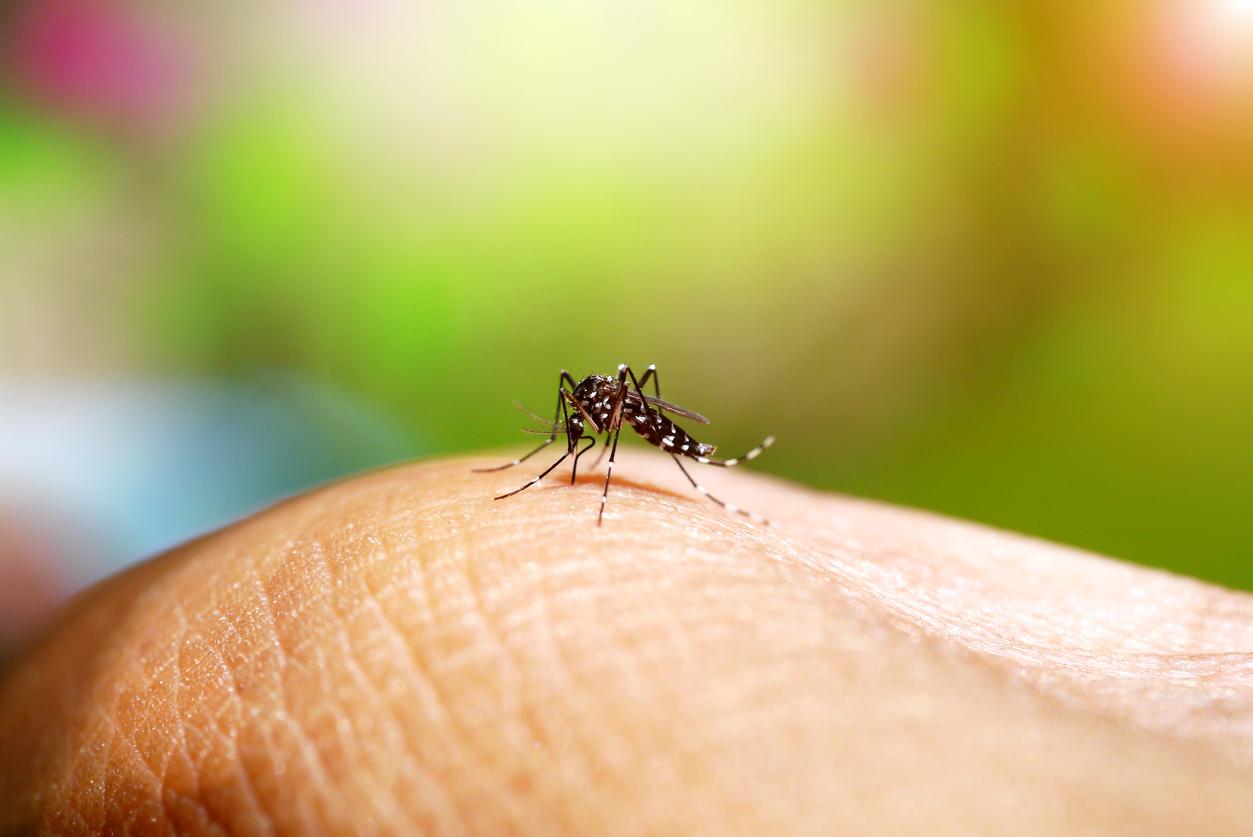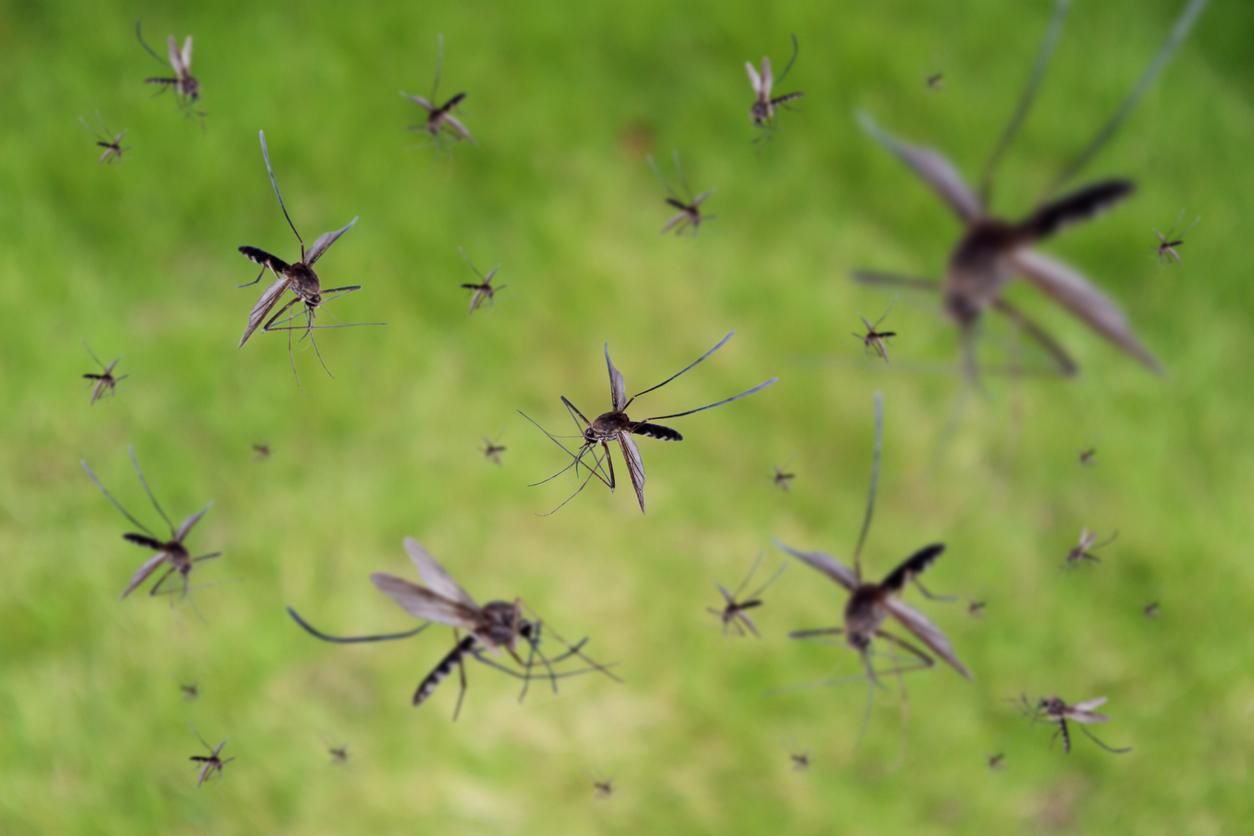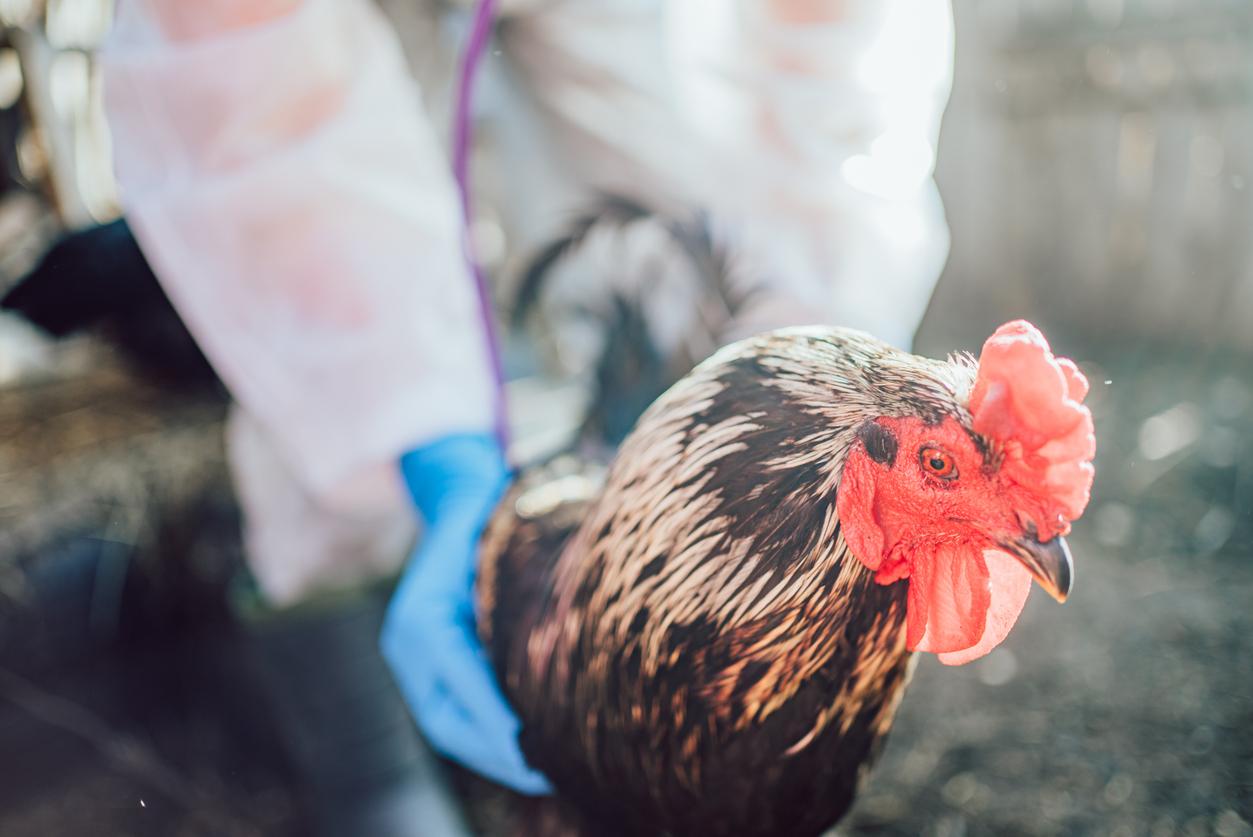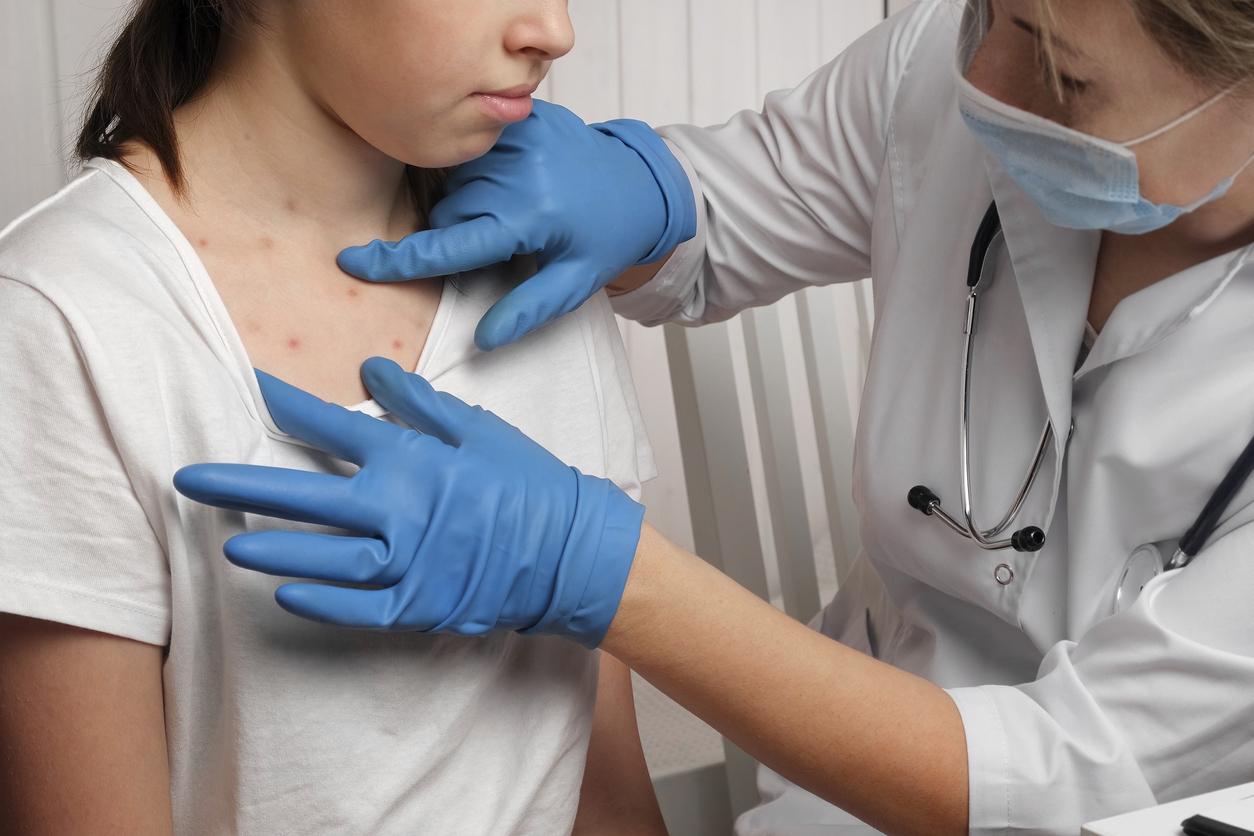The dengue epidemic has accelerated in Guyana since the beginning of January, with an average of 800 new people infected with tropical flu per week.

- Guyana is facing its largest dengue epidemic in twenty years: 5,800 confirmed cases of dengue have been recorded in the Amazon department of 300,000 inhabitants since the start of 2023, including 2,996 already in 2024.
- This virus transmitted by Aedes mosquitoes can cause high fever, intense headaches, nausea, muscle and joint pain or even skin rashes, even hemorrhages or shock syndromes in the most serious cases.
- “Two of the four existing dengue genotypes are circulating at the same time, contributing to the intensification of an epidemic also favored by the rainy season, which increases areas of stagnant water and therefore larval breeding sites,” reports the AFP. Not to mention “demographic pressure” and “climate change, which favors its circulation”, according to the Pasteur Institute.
Already nearly 3,000 cases since January 1. Guyana is currently facing an unprecedented dengue epidemic in twenty years: it began in mid-2023 and accelerated from 2024, with an average of 800 new people infected per week. This was announced at the beginning of February by the Regional Health Agency, relayed by AFP and several national media.
5,800 new cases of dengue fever in Guyana since the start of 2023
This virus transmitted by Aedes mosquitoes, against which no vaccine is recommended by the High Authority for Health (HAS), can cause high fever, intense headaches, nausea, muscle and joint pain or even skin rashes, or even hemorrhages or shock syndromes in the most serious cases.
According to Public Health France, 5,800 confirmed cases of dengue fever have been recorded in the Amazon department of 300,000 inhabitants since the start of 2023, including 2,996 already in 2024. Last week, however, the impact remained “relatively limited” on the Guyanese health system, tropical flu generating “8 to 10% more activity” for emergencies at Kourou and Cayenne hospitals.
????Epidemics of dengue and malaria are currently circulating throughout the country.
????????Day and night, protect yourself against mosquitoes ???? pic.twitter.com/G4CiA5NJhx
— ARS GUYANE (@ars_guyane) January 23, 2024
Dengue epidemics worsened by demographics and climate change
Why such a spread? “Two of the four existing dengue genotypes are circulating at the same time, contributing to the intensification of an epidemic also favored by the rainy season, which increases areas of stagnant water and therefore breeding grounds”, explains AFP. In tropical and intertropical zones, such as Guyana, dengue epidemics return every 3 to 5 years and generally last 12 to 18 months, with more or less intense viral waves. That said, they are more and more frequent and intense because of the “demographic pressure” and “climate change, which favors its circulation”, especially “in southern Europe since the arrival of the tiger mosquito”, according to the Pasteur Institute.

Faced with the growing risk, the Territorial Collectivity of Guyana (CTG) and State services have activated a monitoring unit to establish measures intended to “curb this dynamic as much as possible”. A prefectural decree was notably signed to speed up the removal of end-of-life vehicles, which are numerous on the roadsides and “which constitute mosquito breeding grounds facilitating the spread of dengue fever”, according to authorities. Evoking a “epidemic on a scale that we have not experienced for twenty years”the CTG for its part promised to increase its human and material resources to clear the areas of mosquitoes – one of the missions for which it is responsible.
















